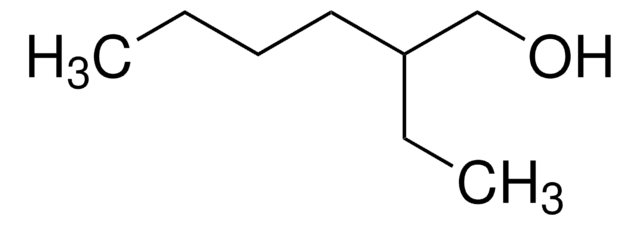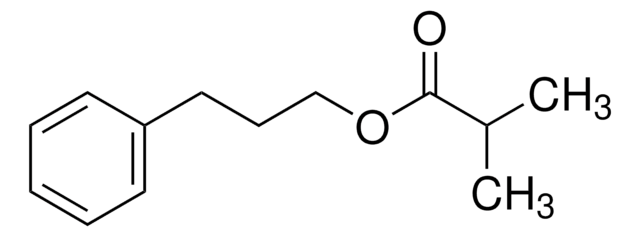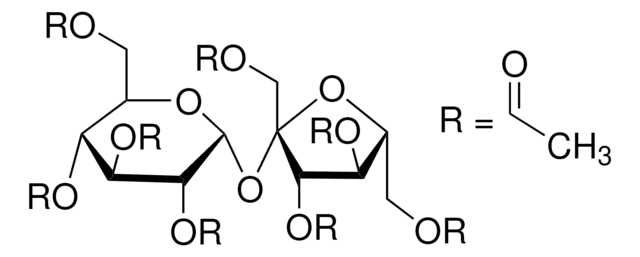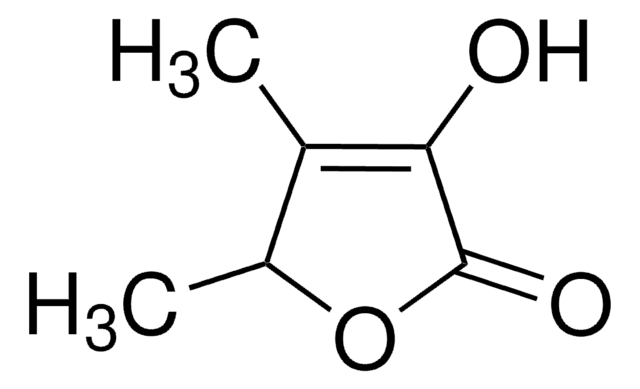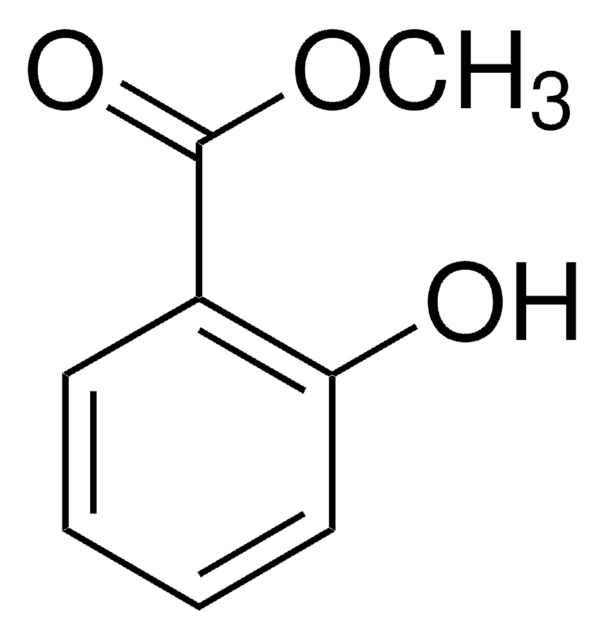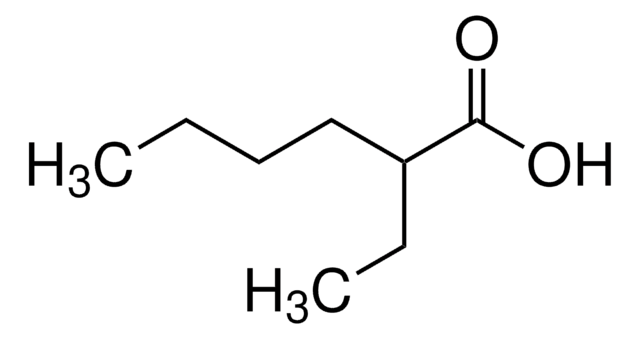W315109
2-Ethyl-1-hexanol
≥99%, FG
Synonym(s):
Isooctyl alcohol
Select a Size
Select a Size
About This Item
Fragrance grade
Halal
Kosher
meets purity specifications of JECFA
Recommended Products
biological source
synthetic
Quality Level
grade
FG
Fragrance grade
Halal
Kosher
Agency
follows IFRA guidelines
meets purity specifications of JECFA
reg. compliance
EU Regulation 1223/2009
EU Regulation 1334/2008 & 178/2002
vapor density
4.49 (vs air)
vapor pressure
0.2 mmHg ( 20 °C)
Assay
≥99%
autoignition temp.
550 °F
expl. lim.
0.88 %, 104 °F
9.7 %, 113 °F
Looking for similar products? Visit Product Comparison Guide
General description
Application
- Thyroid Hormone Transporters in a Human Placental Cell Model.: This study investigates the role of 2-Amino-2-norbornanecarboxylic acid in the transport of thyroid hormones in placental cells, offering insights that could improve understanding of fetal development and maternal health (Chen et al., 2022).
Signal Word
Warning
Hazard Statements
Precautionary Statements
Hazard Classifications
Acute Tox. 4 Inhalation - Eye Irrit. 2 - Skin Irrit. 2 - STOT SE 3
Target Organs
Respiratory system
Storage Class Code
10 - Combustible liquids
WGK
WGK 1
Flash Point(F)
167.0 °F - closed cup
Flash Point(C)
75 °C - closed cup
Personal Protective Equipment
Choose from one of the most recent versions:
Already Own This Product?
Find documentation for the products that you have recently purchased in the Document Library.
Customers Also Viewed
Our team of scientists has experience in all areas of research including Life Science, Material Science, Chemical Synthesis, Chromatography, Analytical and many others.
Contact Technical Service